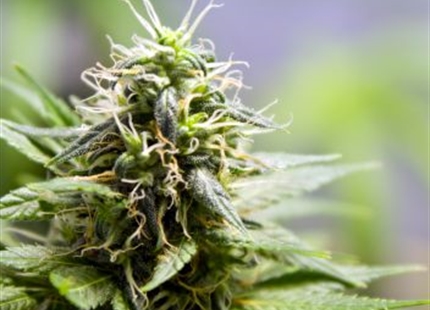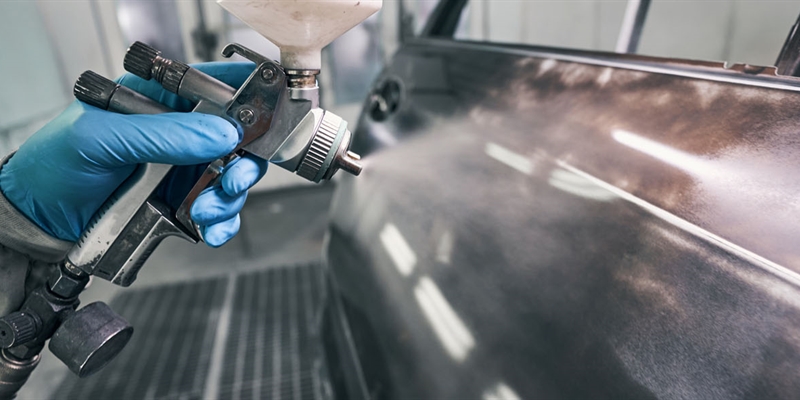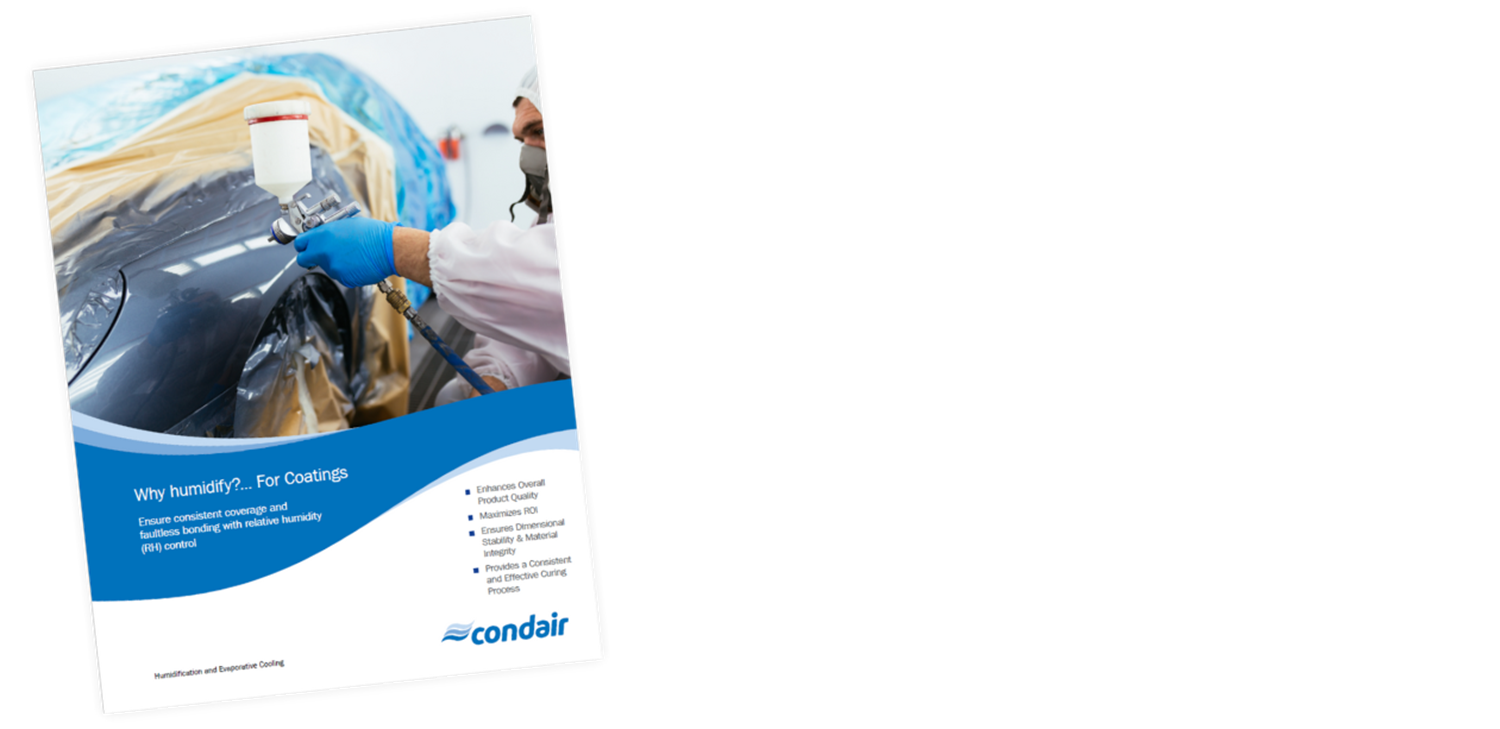-
Woodcraft Industries
-
Crown Point Cabinetry
-
Rolls Royce
-
Airbus
-
Harley Davidson
-
CDI
-
Staples Print Solutions
-
Canadian Bank Note Company

Why Humidify... For Coatings
Ensure consistent coverage and faultless bonding with relative humidity (RH) control. The smoothness and adhesion of zinc, resin, foam and powder-based coatings relies heavily on regulated humidity levels that are constantly maintained. Much of the time, the highest quality and most tightly bonding results are produced by ensuring every process is thoroughly hydrated at consistent humidification levels from prior to application to afterwards when in storage. Reduce production line time, materials, expenses, enhance product quality and boost ROI with improved humidification control in your coatings facility.



Paint Spray Booths
Many products such as polyurethane foam insulation, print products and aircraft fuselages require a specific level of dimensional stability in order to achieve desired performance and quality levels. Everything from aerodynamics to weather resistance can have an impact on the dimensional stability of some products. Therefore, if materials aren’t prepared in an environment with a relative humidity between 40-60% (sometimes higher, depending on the substrate and coating type), this stability can suffer, leading to problems with product quality, causing delays, and material waste. Components also may not meet to QA or QC standards.
Maintain Optimal Product Forms and Efficiencies with Sufficient Hydration via Humidification
Ensuring that the coating process of every applicable product component is carried out in an adequately hydrated environment will increase product quality, reduce maintenance, scrap rates, production and inspection times, and cut down on expenses which in turn improves ROI. This is because true dimensional stability begins with a strong bond formed at the chemical level. Proper humidification during the coating process of the materials plays an integral role in safeguarding product longevity and reliability.
Material Integrity
With treated substrates such as protective zinc coatings on sensitive equipment and resins for wooden instruments, hydration through humidification at the correct levels is crucial in guaranteeing material integrity. In many cases, this also applies to the storage of treated materials and products. With fluctuating temperatures and air moisture levels, effects such as warping and cracking can occur that reduce product quality and durability. This can result in shorter material and product replacement cycles, increased scrap rates and higher operating costs due to increased maintenance requirements as well as decreased and/or erratic production output.
Proper Humidity Enables for Long-Term Material Integrity and Consistent Quality Control
To ensure that materials being treated with a coating will have a long lifespan and perform according to precise specifications, proper humidification throughout the application process is key. Combined with the correct preparation of materials and following suitable storage parameters, production lines can move at regulated pacing and manufacturers can operate with efficiency through standardized air moisturization, dust suppression and static negation.

Effective Curing
Coatings such as water-based paints and powders need to be effectively cured to the surface of a material in order to ensure a thorough, even and consistent application on every substrate. Otherwise, production lines will be slowed due to a need to dedicate more time to quality control and rework. This is because curing coatings to substrates in an environment with fluctuating air moisture and temperatures will cause inconsistencies during the settling process.
Achieve Optimal and Precise Coating Finishes Through Regulated Air Humidification
Different materials require different air hydration conditions. Proper humidification enables the air in any environment to be efficiently moisturized at controllable RH levels befitting specific substrate and coating requirements. Therefore, finishes will lay down smoother and achieve end-to-end precise coverage. Regardless of whether a product needs a glossy finish or requires utmost precision with text graphics, the substrate will be met with the perfect attraction to its subsequent coating.
Adhesion Properties
The bonding of a coating plays an integral role in how long a product lasts, how reliable it is and how it will perform as intended. If the relative humidity is too high, the effects of electrostatic charge are disrupted and higher flow rates may be required for the same coating finish. With low RH, powder-based coatings don’t become adequately charged, resulting in a lower transfer efficiency between it and the substrate. Simply put, maintaining an optimal balance of 40-60% RH (higher or lower depending on the materials and coating) is required not only for quality control consistencies, but also for safety and hazard prevention.
Proper Humidity Control Safeguards Product Quality with Optimal Film Thickness
A uniform coating with minimal overspray will not only reduce waste and provide the quintessential smooth finish, but it also ensures that materials and subsequent products are treated to complement performance specifications and product flows. By humidifying coating facilities, results will fall within regulated quality parameters and enable for a negation of potential harm to substrates, coatings and even people who interact with them.



Benefits of humidification for the coating industry include:
- Enhanced hazard prevention and risk mitigation.
- Help prevent production line fluctuations.
- Ensures substrate and coating quality.
- Minimize material and product wastage.
- Ensure establishment longevity of products and components.
- Consistent and ideal coatings, enabling for maximum performance.


 Other industries where Condair delivers vital humidity control
Other industries where Condair delivers vital humidity control
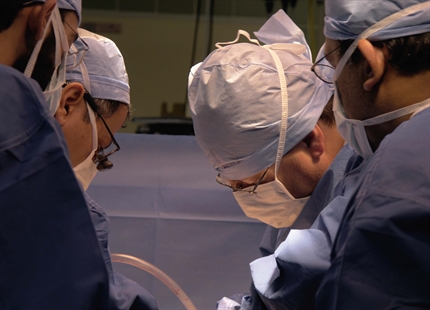
Why Humidify... For Hospitals and Care Facilities
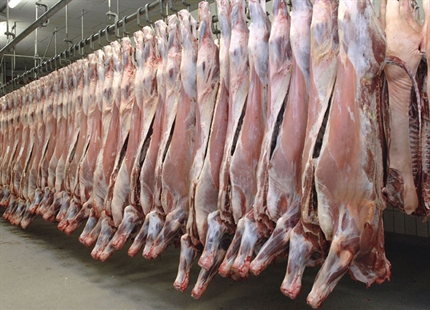
Why Humidify... For Abattoir

Why Humidify... For Bakeries
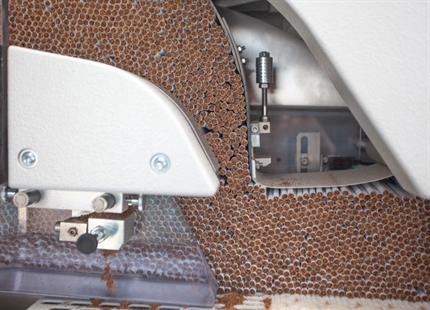
Tobacco production humidification

Why Humidify... For Retail Spaces

Dehumidifiers for military storage
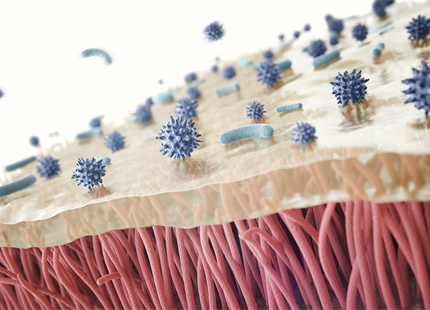
Immune Systems
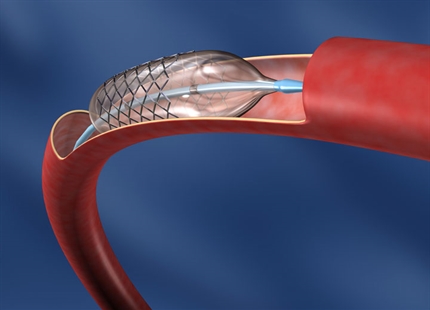
Medical device manufacturing humidification
